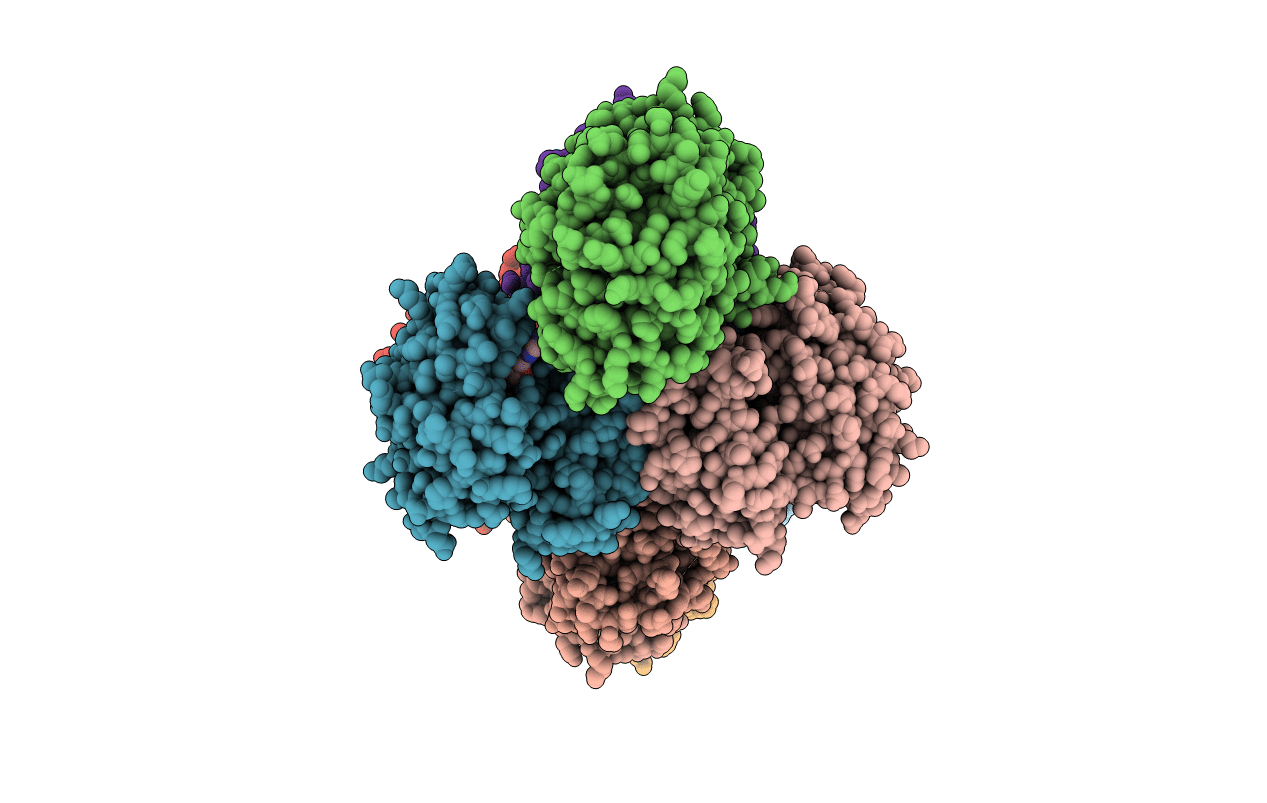
Deposition Date
2013-07-19
Release Date
2014-07-23
Last Version Date
2023-11-08
Entry Detail
PDB ID:
3WFJ
Keywords:
Title:
The complex structure of D-mandelate dehydrogenase with NADH
Biological Source:
Source Organism:
Enterococcus faecium (Taxon ID: 1352)
Host Organism:
Method Details:
Experimental Method:
Resolution:
2.80 Å
R-Value Free:
0.30
R-Value Work:
0.23
R-Value Observed:
0.24
Space Group:
P 1 21 1


